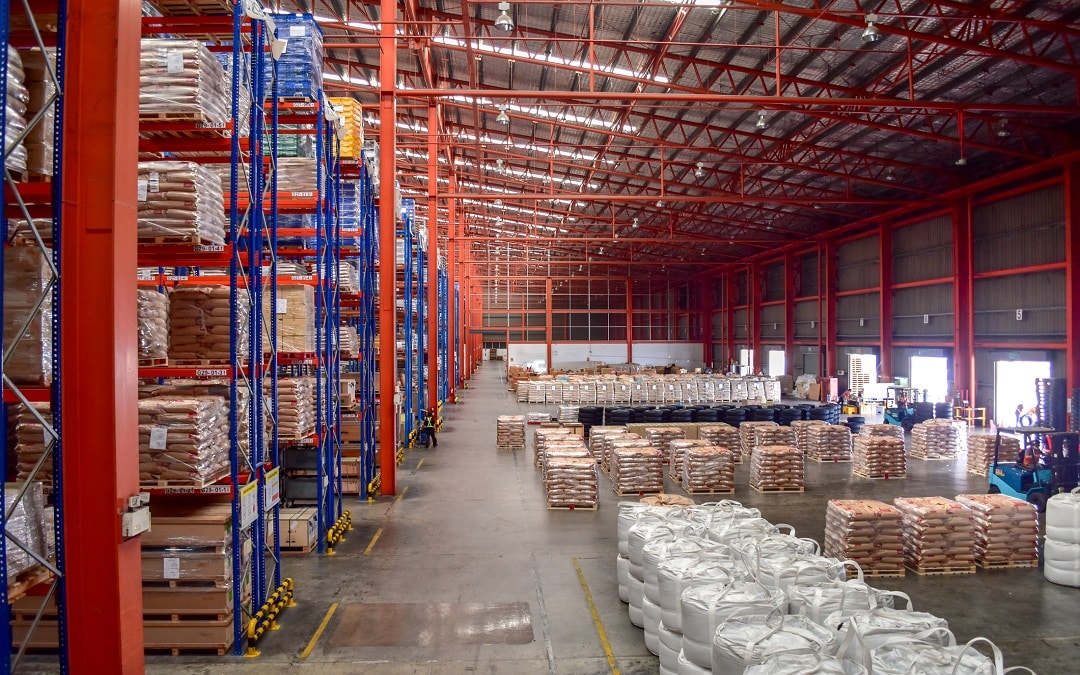FAB stands for “Fulfilment by Amazon”. Using Amazon FBA services enables businesses to store inventory and fulfil orders without having to own/rent their own warehouses and fulfil orders themselves. Amazon seller’s responsibilities are to ensure that inventory is kept updated in order to avoid stock outs. However, preparation is crucial and there are a number of areas where it is critical to get things right.
How Much Does It Cost?
Costs do vary. Products considered to be dangerous are more expensive to store and fulfil. These include battery operated lithium products and items with non-harmful chemicals or magnetic materials.
Fees are also affected by the weight and dimensions of the product, and additional fees can be incurred if products are slow moving and stay in store for a length of time. Amazon do publish a rate card which is available to download.
There are monthly account fees, storage fees, fulfilment (this includes picking, packing, shipping and handling, customer service and returns processing fees). Ensuring your inventory is fast moving will keep FBA storage fees down. The size and weight of products affects charges, so smaller, high value products are the most cost-effective in terms of FBA fees.
Packaging Rules
Most suppliers are very aware of Amazon packaging rules, but it certainly pays to check beforehand.
Amazon uses barcodes to track and identify sellers’ inventory throughout the fulfilment process. Having the proper barcodes tells Amazon which products belong to your seller account, and each unit sent to an Amazon fulfilment centre must have a scannable barcode, either a manufacturer barcode or an Amazon barcode (FNSKU). This must be unique and correspond to one unique product. Products packaged in poly-bags with a greater than 5 inch opening, must have suffocation warnings and the print size of this warning increases as the size of the bag increases.
There are also requirements with regard to box opening (should not open easily) and bubble wrapped items. Bubble wrapped items must pass a 3-foot drop test.
Packaging requirements are often changing, becoming more stringent and specific. It is therefore essential to not only understand these from the start, but to keep up to date with any changes.
Supplies such as shipping boxes, labels, bubble wrap, thermal label printers, and packing tape are things that all Amazon sellers will need if they’re handling their own shipments into FBA warehouses. Not surprisingly, perhaps, for most of these things, you can actually order them from Amazon.
The Pros and Cons
Amazon provides an Inventory Performance Index. This measures how well your inventory is performing, and will also offer ways to improve. This score also affects your storage fees and, ultimately, profitability, so there are multiple reasons why you should monitor this score.
FBA does offer scalability, without having to invest in infrastructure. Accessing new territories is considerably easier if you are able to utilise an existing distribution infrastructure like FBA.
Processing returns can also be a time-consuming business that will eat into your available resources.
Products in FBA automatically get the Prime member badge and are eligible for Prime free shipping to the customer and shipping times. Additionally, you won’t have to pay or charge premium shipping rates to do that because it’s included in the service.
The buy box is the box on the right-hand side of the product listing that says “Add to Cart”. Whilst it is not a requirement to use FBA services to win this box, it certainly helps. However, there are many reasons why this box may still not appear — for instance, Amazon is aware that the seller is offering the same product for sale at a lower price elsewhere.
There are advantages to having Amazon handle customer services, but there are strict rules around how and when you can contact a customer directly. There is however a loss of control over the process, and you may not necessarily always agree with the outcome of a customer contact. Amazon’s open return policy can result in a higher number of returns than you would otherwise experience.
Creating your own brand can be harder. Deliveries to customers will invariably arrive on Amazon branded packaging, although you do have control on the inside packaging.
Final Thoughts
There are also Amazon approved Third Party Logistics service providers that can be a cost-effective alternative or complement to FBA.
Whatever product you sell, Amazon is an extremely competitive marketplace, but the opportunities are there for forward-thinking entrepreneurs. Utilising a fully established fulfilment network removes one of the most significant challenges for both start up and more established businesses.
How Can We Help?
At Elver E-Commerce Accountants we specialise in assisting e-commerce businesses with the unique tax and accounting challenges that e-commerce businesses face, whether that is navigating the complexities of accounting for e-commerce sales, VAT, both domestically and internationally, to cash flow forecasting, management accounts, sourcing and assisting with loan applications and advisory services. To learn more about how we can help you, visit our Amazon Accountant page. If you would like to discuss how we can help, please call 01942 725419 or use the contact form to book a meeting.

